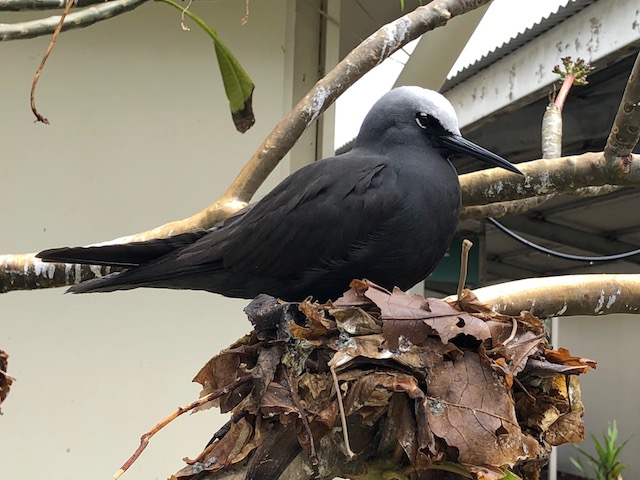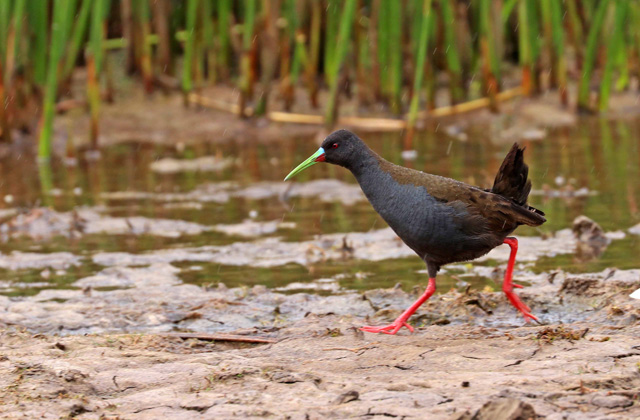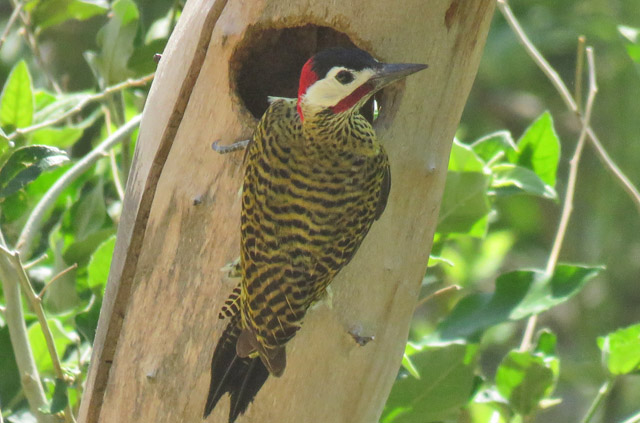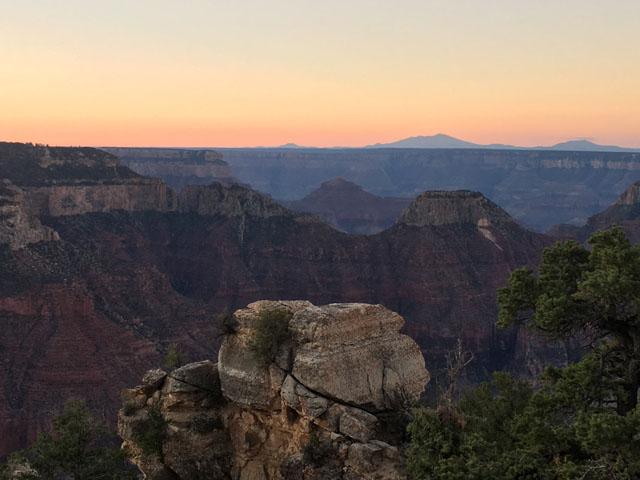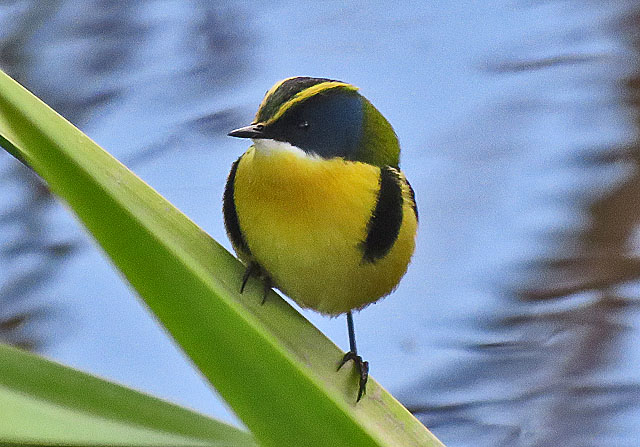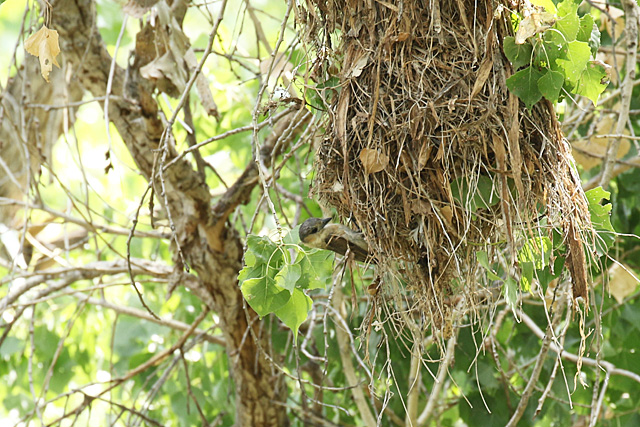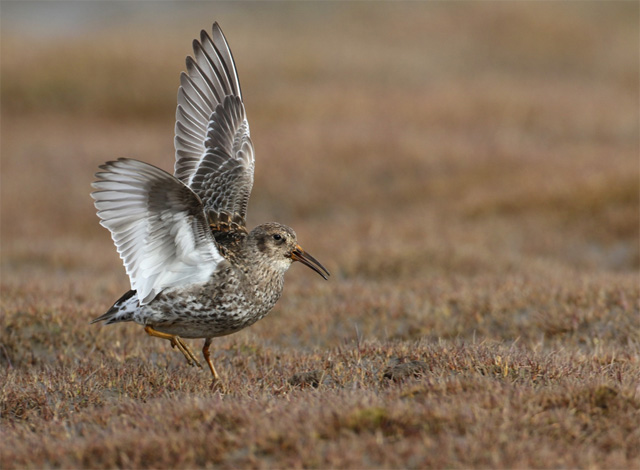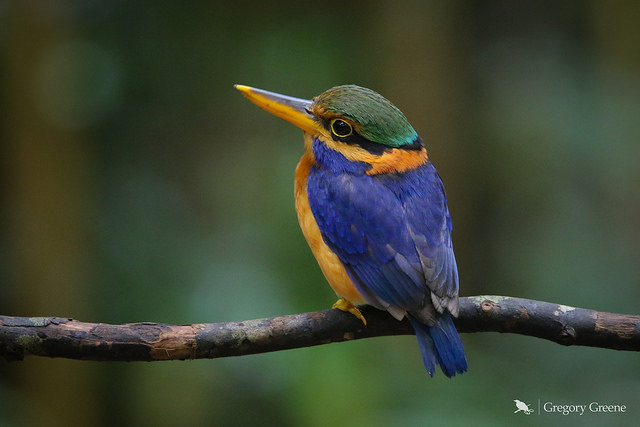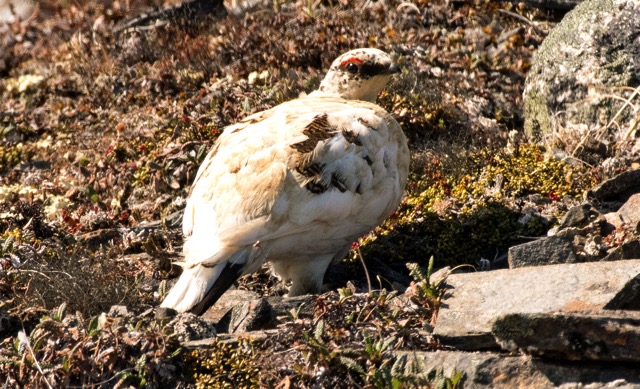Reports From the Field
Nov 7, 2018
Gavin Bieber on the second part of his recently completed tour, Australia: Queensland and New South Wales
Oct 30, 2018
Rich Hoyer on his recently completed tour, Bolivia: Barba Azul Nature Reserve, Sadiri Lodge, and the Apolo Valley
Oct 22, 2018
Derek Lovitch on his recently completed tour, The Maine Coast in Fall, Monhegan Island.
© 2025 WINGS Birding, Inc.
